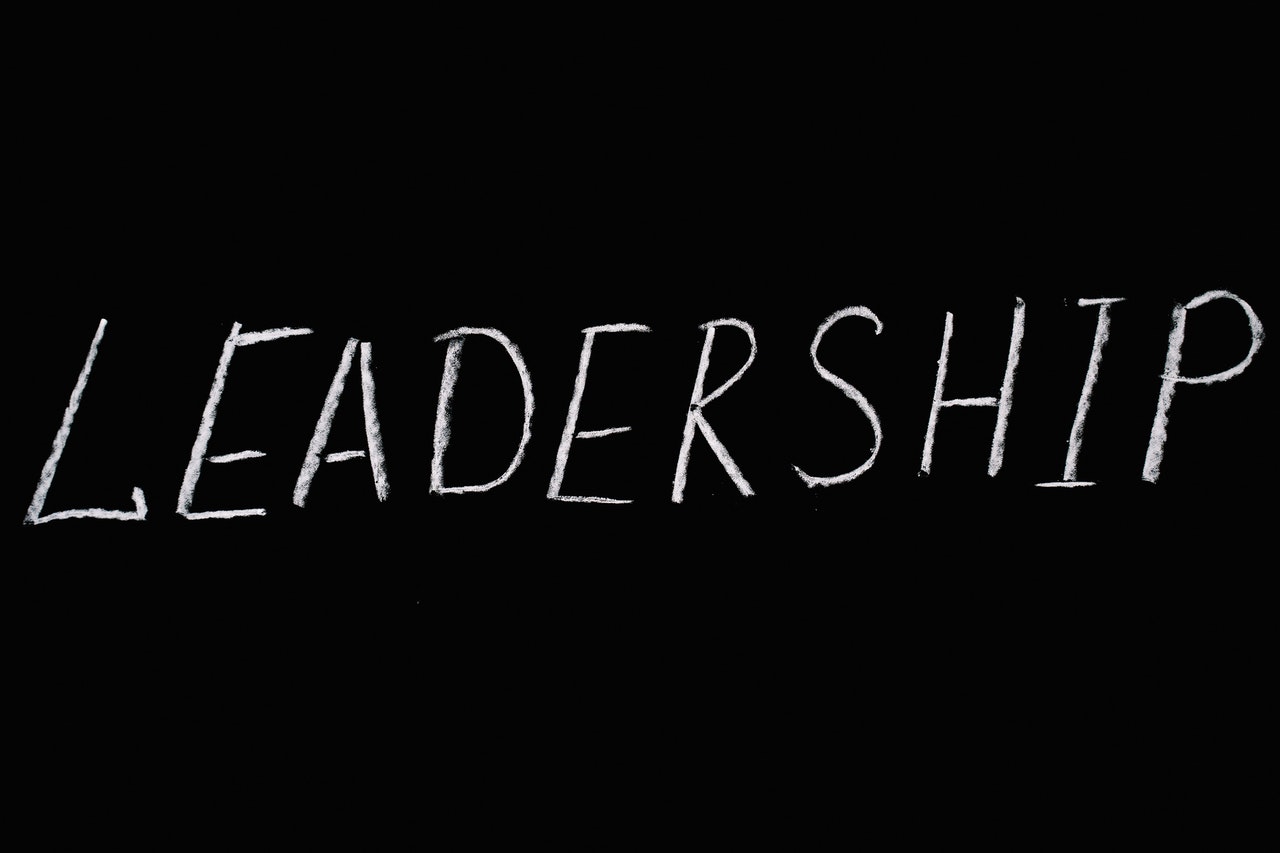As mentioned in my last blog entry, there is a growing need – and interest — for leaders to know how to lead change in their respective organizations. There is significant outcome data that demonstrates a strong correlation between the skills and knowledge of the individuals responsible for leading change and the actual success of organizational change initiatives. This again begs the question: What leadership behaviors or competencies are most strongly associated with effectively leading or overseeing change initiatives?
I stated in my last entry that there are six leadership competency areas that, in my opinion, distinctly enhance the ability of a leader to successfully coordinate and drive organizational change. Refer to my blog entry from November 24th for descriptions of the first three: Systems Thinking, Strategic Savvy, and Organizational Agility. In this entry, I will introduce the second three: Capacity Building, Creative Communication, and Grit. Please know that the names for these competencies are ones that were arbitrarily assigned by me. They are definitely in use elsewhere to explain qualities quite different than those found here.
Again, as stated in my last blog, it is important to know that these competencies are intended to correspond most directly with mid-level leaders operating in medium to large organizations. This is based on the assumption that these leaders are the ones most often assigned direct responsibility for overseeing or leading change initiatives in organizations of this size.
Capacity Building
This is essentially the wherewithal to develop the overall capacity of change team members, key sponsors, and other relevant stakeholders, to effectively embrace and drive organizational change processes. In addition, this competency area is directly associated with a leader’s effectiveness at securing the resources and support that are necessary for a specific change initiative to succeed. Thus, the leader is both equipping and providing the requisite “equipment”.
Creative Communication
This competency area is marked by the skilled use of communication strategies and interpersonal exchanges to facilitate change initiatives. The leader has an understanding of the types of communication to use at different junctures in the change process. He or she also demonstrates a variety of advanced and well-honed communication skills of his or her own, including verbal, face-to-face, group presentation, non-verbal, written, electronic, and symbolic.
Grit
This competency area is evidenced by a willingness to personally commit to the big picture of an organizational initiative, even at the risk of sacrificing success on short-term goals. This is a common dilemma for leaders responsible for change in an organization – and this competency speaks both to the willingness to make tough decisions and the ability to recognize which decisions are going to have the greatest impact on the success and sustainability of a change initiative.
——————–
Steve Wolinski provides leadership development, organizational change, and talent management services to numerous public, private, and non-profit organizations. Website, Email.
 Sections of this topic
Sections of this topic
















